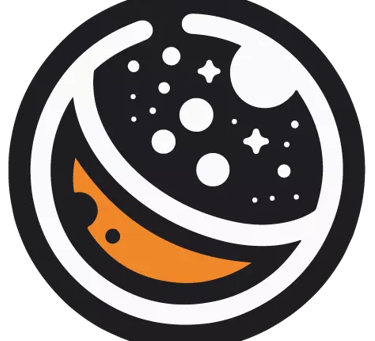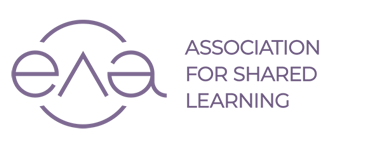The Evolution of the Ciriculum in the Educational System
Volume I, Fall 25
Cornerstone EU
EVOLUTION OF THE CURRICULUM: PREPARING LEARNERS FOR AN UNCERTAIN FUTURE
Education systems across Europe face a critical question: How do we prepare learners for a world we cannot fully predict? This paper traces curriculum evolution from ancient traditions to modern frameworks, revealing that what we teach and how it has always mirrored society's shifting values, economies, and aspirations.
FROM TRADITION TO TRANSFORMATION
Curriculum, from the Latin currere (to run a course), has never been static. Ancient Greece emphasized developing mind and body through paideia (the holistic education and training of the body, mind, and spirit), while Confucian China promoted discipline and social harmony. Medieval Europe preserved knowledge through monasteries, though learning remained narrow and elite.
The Renaissance and Enlightenment transformed education. Thinkers like Comenius and Rousseau championed universal, child-centered learning that nurtured curiosity over rigid instruction. The Industrial Revolution brought mass schooling but often stifled creativity. John Dewey's Democracy and Education (1916) challenged this, arguing schools should cultivate problem-solvers and democratic citizens, not factory workers.
Modern curriculum draws from multiple philosophies, from Essentialism's focus on core knowledge to Constructivism's view of learners as active participants building their own understanding. Landmark frameworks by Tyler, Taba, and Bloom moved curriculum from abstract ideals to measurable outcomes, while competency-based approaches shifted focus to what learners can do, not just what they're taught.
THE EUROPEAN CONTEXT
The EU's curriculum journey reflects unity amid diversity. Post-WWII reconstruction emphasized civic education and democracy. The Bologna Process (1999) harmonized higher education qualifications, while the European Qualifications Framework and ET 2020 Strategy promoted competency-based learning, digital literacy, and sustainability. Programs like Erasmus+ foster cross-border innovation, though differences in resources and priorities challenge full harmonization.
CONTEMPORARY TRENDS AND PERSISTENT CHALLENGES
Today's curricula emphasize learner-centered approaches, STEM/STEAM integration, and global competencies like creativity, empathy, and digital literacy. UNESCO advocates for inclusive, gender-responsive education that challenges stereotypes and barriers.
Yet significant obstacles remain: imported curricula often fail to reflect local contexts; many teachers lack training for innovative methods; the digital divide widens learning disparities; policy discontinuity weakens implementation; and exam-driven systems reward memorization over creativity.
FUTURE DIRECTIONS
To meet 21st-century demands, curriculum development must embrace personalized learning through AI and analytics, transdisciplinary education connecting knowledge across fields, lifelong learning beyond formal schooling, green curricula building ecological awareness, and ethics education for digital citizenship.
CONCLUSION
Curriculum evolution tells the story of humanity's changing understanding of knowledge and purpose. As we face climate crises, technological disruption, and inequality, education must evolve once more. Future curricula must combine global standards with local wisdom, ensuring learners everywhere can adapt, innovate, and contribute meaningfully.
Education, when done right, is more than job preparation, it is a force for personal growth, social justice, and collective transformation. The question is not whether curriculum will change, but whether we have the courage to shape it toward a more equitable, sustainable, and human-
centered future.
Fatimah A. Adebowale, Research Analyst at Cornerstone EU
Our Socials:
Contact us:
For Partnerships & Inquiries:
© 2025. All rights reserved.





